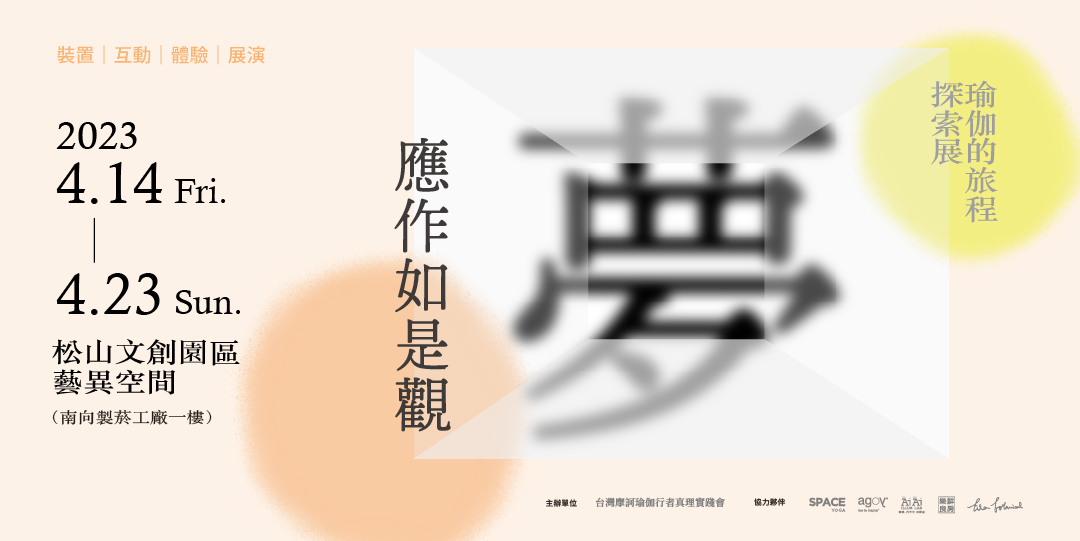Announcing a New Book, Shri Mahayogi’s Words of Truth, in Japanese
The Mahayogi Mission in Kyoto has published a new book, Shri Mahayogi’s Words of Truth, as of November 23, 2022, the day of Satguru Jayanti.
We would like to express our gratitude to Shri Mahayogi, who has been endlessly and indiscriminately pouring out the Truth with his words and through his existence, all of which we see culminating in this great gift to humanity, which will live on for many centuries.
We would also like to express our gratitude to all the gurubai who have been involved in this work in Japan, New York and Taiwan. Through us all being united under one mission, may we be able to bring light to this work, and pass it on into the future to come.
Its design is beautiful and unique, and everything from the jacket to the inner cover, to the feel of the paper, as we thumb through the many, many pages, hints at its depth and the breadth of its content, while at the same time conveying a sense of warmth and pristineness.
This book, which is currently only available in Japanese, is over 500 pages long and collects teachings given by the Master to seekers over decades of Satsangha. There are 16 chapters with sub-sections within each, containing the wholeness of teachings, from the secret of living to the truth of the mind and the world, to asana, to meditation, to diet, to daily practice, to the secret of the macrocosm and microcosm, to religion and society, to Sacred Existences, and much more.
Below, please let us introduce the message given on the occasion of Satguru Jayanti 2022, by Madhri, our sister gurubai in Kyoto who has been closely involved in many aspects of this publication, especially as she was one of the two main editors, and she also worked on the design. Because of her involvement and how much she has witnessed of the process of the creation of this book, including the tremendous work put into it and supervised by Shri Mahayogi, we feel her words give the most proper introduction.
Speech given by Madhri
at the occasion of Shri Mahayogi’s Jayanti on November 23, 2022
While many people around the world eagerly await the opportunity to hear the words of Truth spilling out of Shri Mahayogi’s mouth, Shri Mahayogi’s Words of Truth is published. I am thrilled that we can all share in this joy on this auspicious day. We, all the disciples, would like to express our sincere gratitude to Shri Mahayogi, who supervised everything from editing to binding, to book cover design, for your devotion to this project that we have received.
This book is the culmination of Shri Mahayogi’s more than 45 years of preaching. The project started about ten years ago. It had been several years since the publication of Satori, and The Universal Gospel was sold out. Shri Mahayogi hoped for, “the next, new publication, as soon as possible, since there is a wealth of Satsangha records.” Truly, we apologize for keeping you waiting, and we thank you very much for waiting such a long time.
When the book was nearing completion, Shri Mahayogi said, “This is the definitive book of Yoga, the likes of which have never been seen before.” I am confident that this book will be a tremendously groundbreaking book in the history of Yoga. Not only are the core teachings of Truth within this book, but also all of the great depth of Yoga is woven in to the fullest. I feel that this book proves that the existence and teachings of the avatara and yogi, who have given a ray of hope to humanity, and all the essence of the scriptures compiled since ancient times, are harmonized through Shri Mahayogi’s experience and way of life. Furthermore, I believe that it shows the universality of Yoga, which Shri Mahayogi has pioneered alone in this land of modern Japan, and the very fact that Shri Mahaoygi is an exceptionally rare person, a true Guru, is amply evident in this book.
Shri Mahayogi says, “All the scriptures say only two things: Renounce ignorance and pain-bearing obstacles; and that God, Atman, Brahman, is the only Truth.” In order to communicate that to us, how much he has done to help us… For over 500 pages, I’m astonished!
The words of Shri Mahayogi, full of inspiration, rich in emotionally fine sensibilities, and like a powerful and beautiful melody with fine sensitivities, stir our minds greatly and transform them in an instant.
By reading this book, we will feel that we can never give up on seeing the glorious goal that lies ahead on this path. Because no matter how difficult the situation may be, through Shri Mahayogi’s words of Life, tremendous Love and Grace flow throughout our entire bodies, and we will be filled with the power to stand up again and again no matter what difficult situations come our way.
This book, Shri Mahayogi’s Words of Truth, was able to be completed because of the energy of Sananda and many other gurubai, and above all, the guidance and devoted service of Shri Mahayogi. When editing, we received very careful detailed consideration from Shri Mahayogi. The records of Satsangha around the world over the past twenty years since 1997 have been compiled, but in order to make it more universal without limitations in time and space, the dates, place, and names of the questioners are deliberately not included. Shri Mahayogi also carefully considered the content of the teachings so that the readers could understand and practice them correctly, rather than just reading for curiosity’s sake. Shri Mahayogi read meticulously through the enormous amount of text over and over again, many times faster than people read.
At the end of the book, there is a glossary, and graciously, Shri Mahayogi wrote it in its entirety. The terms used in Yoga are brilliantly, concisely, and clearly explained.
I heard that Shri Mahayogi was in an intense state of concentration during the period he was working, and he sat at a desk from early in the morning until late at night.
In addition, we originally wanted to make this book into a luxurious bound design, as a very special commemorative edition. However, Shri Mahayogi wished that it would not be commemorative, but rather, to make it as affordable as possible for everyone, and for the book to reach as many people as possible, he even reconsidered the estimates many times, overturning all the design and layout that had been envisioned, and rethinking them from scratch again. Even when choosing which paper to use, he spent a considerable amount of time and energy.
To be able to hold such a precious book infused with so much soul and life that Shri Mahayogi has breathed into it, is a great, great joy.
We will surely read the book with joy, forget ourselves, lose sight of the time passing, and immerse ourselves in the words of Shri Mahayogi. And we will surely feel that all the answers we’ve been seeking and searching for are here! However, we shall never be satisfied with merely understanding the answer intellectually. As Shri Mahayogi says many times in the book, we become the teachings themselves. For the inside of this body to be filled with the Truth alone, from which the limbs, words and all of our actions are expressed, we are required to hone our minds, confront each and every word uttered by Shri Mahayogi, and make these words our own by actually walking the path.
I believe that to become the true embodiment of Shri Mahayogi’s Words of Truth is our precious mission as Shri Mahayogi’s direct disciples who are holding this book in our hands.
It is also a great blessing that the completion of this book has forged the way for souls who will seek Truth forever into the future. From now on and into the future, we would like to deliver this book to as many people as possible, without interruption. This means that to draw in new souls, and connect with this Mahayogi Mission, that is His Existence and His Mission forever—I feel that this is an important role for us.
Shri Mahayogi has provided new wind with this Shri Mahayogi’s Words of Truth. I hope that our enthusiasm will further strengthen the momentum and create a big wind inside and outside of ourselves. The more we read this book, the greater that urge will be bound to grow.
We will open our eyes to the Truth, this world, and the future, and in this limited time, we will fulfill the words of Truth of our dear, Beloved Guru.
Lastly, we would like to express our gratitude and highest respect to our brother Sananda, the chairman of the Mahayogi Mission in Kyoto, who left his body due to illness just ten days before this book was published. He was one of the two editors of this book along with Madhri. Many disciples might have the impression of him as a gentle person, but he had an indomitable spirit within. His aim to realize Atman from a young age and throughout his life until his last breath, was ever steady and his complete dedication to Shri Mahayogi and the Truth are definitely alive in this book. During his illness, he said that if he would be able to live more, then he would offer his body completely for the work and mission of Shri Mahayogi. Shri Mahayogi’s trust in him was rock solid and he was respected highly and loved by all the disciples who had met him. His presence is greatly missed, but we will carry on his spirit, which he left for his brother and sister disciples, and through that, he lives on.
To make a financial contribution, visit our CONTRIBUTION PAGE.
Visit and share our WELCOME PAGE to join our online classes.




 opportunity for practitioners living far away or even abroad to join the practice, and we will certainly continue our online classes. Yet, we must say that on the night before we held a trial class on Sunday June 2nd, when we went to the
opportunity for practitioners living far away or even abroad to join the practice, and we will certainly continue our online classes. Yet, we must say that on the night before we held a trial class on Sunday June 2nd, when we went to the 

 Description:
Description:
 Looking back now, the time certainly came to be filled with invaluable teachings of many different kinds and forms and depths that unfolded within this new way of experiencing Shri Mahayogi’s Satsangha. And if we can constantly cultivate the eyes to see, the ears to hear, and the humble mind of wanting to learn and come to understand, surely our recognition of the varieties and depths of teachings can continue to grow.
Looking back now, the time certainly came to be filled with invaluable teachings of many different kinds and forms and depths that unfolded within this new way of experiencing Shri Mahayogi’s Satsangha. And if we can constantly cultivate the eyes to see, the ears to hear, and the humble mind of wanting to learn and come to understand, surely our recognition of the varieties and depths of teachings can continue to grow.




